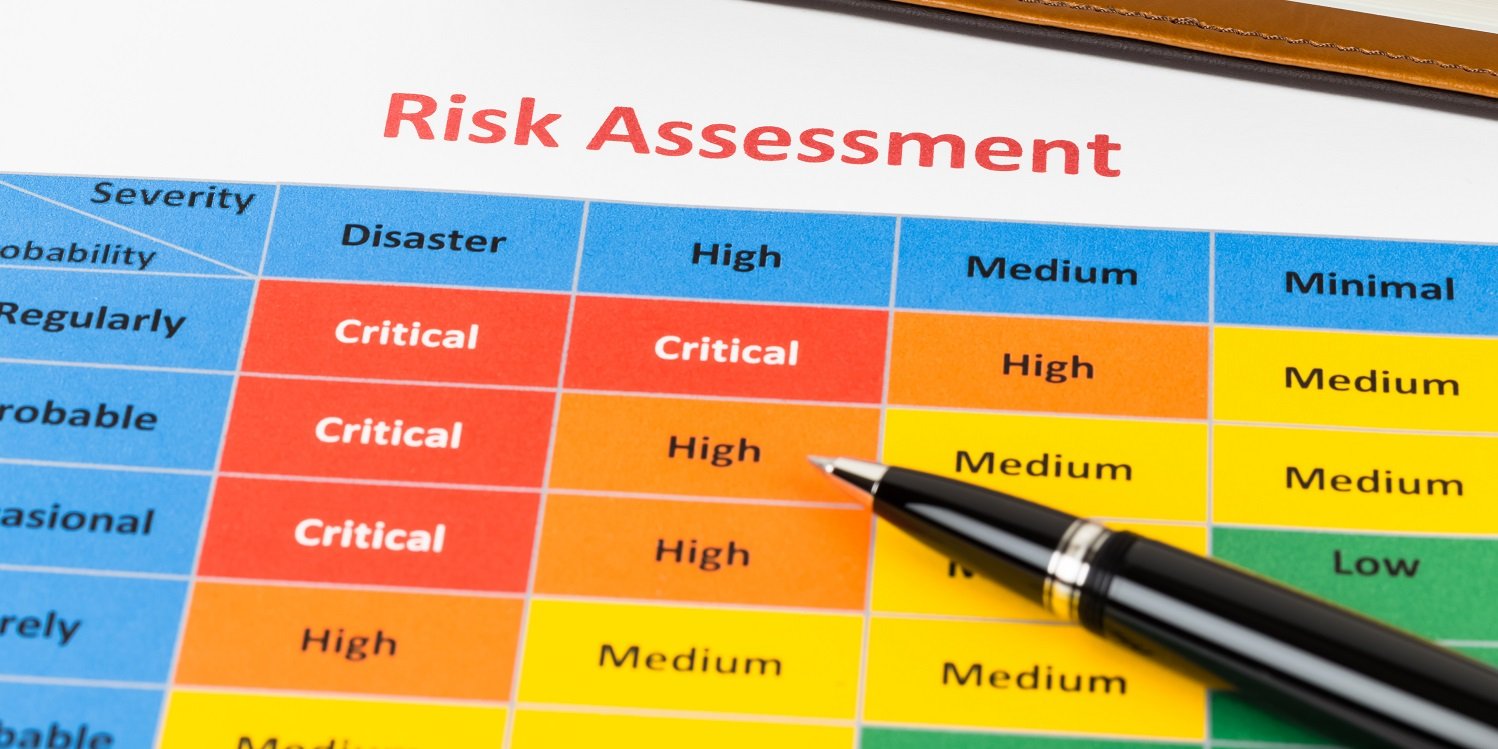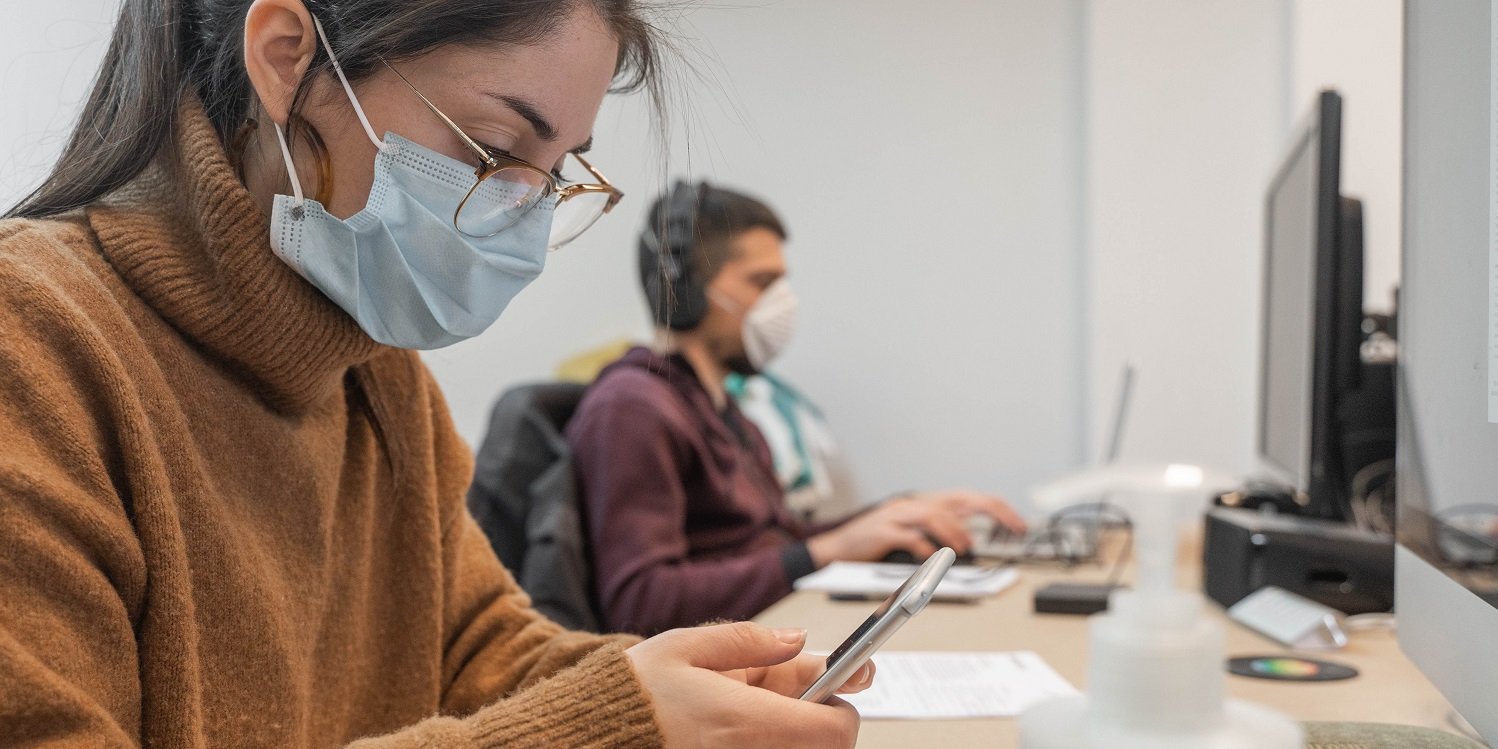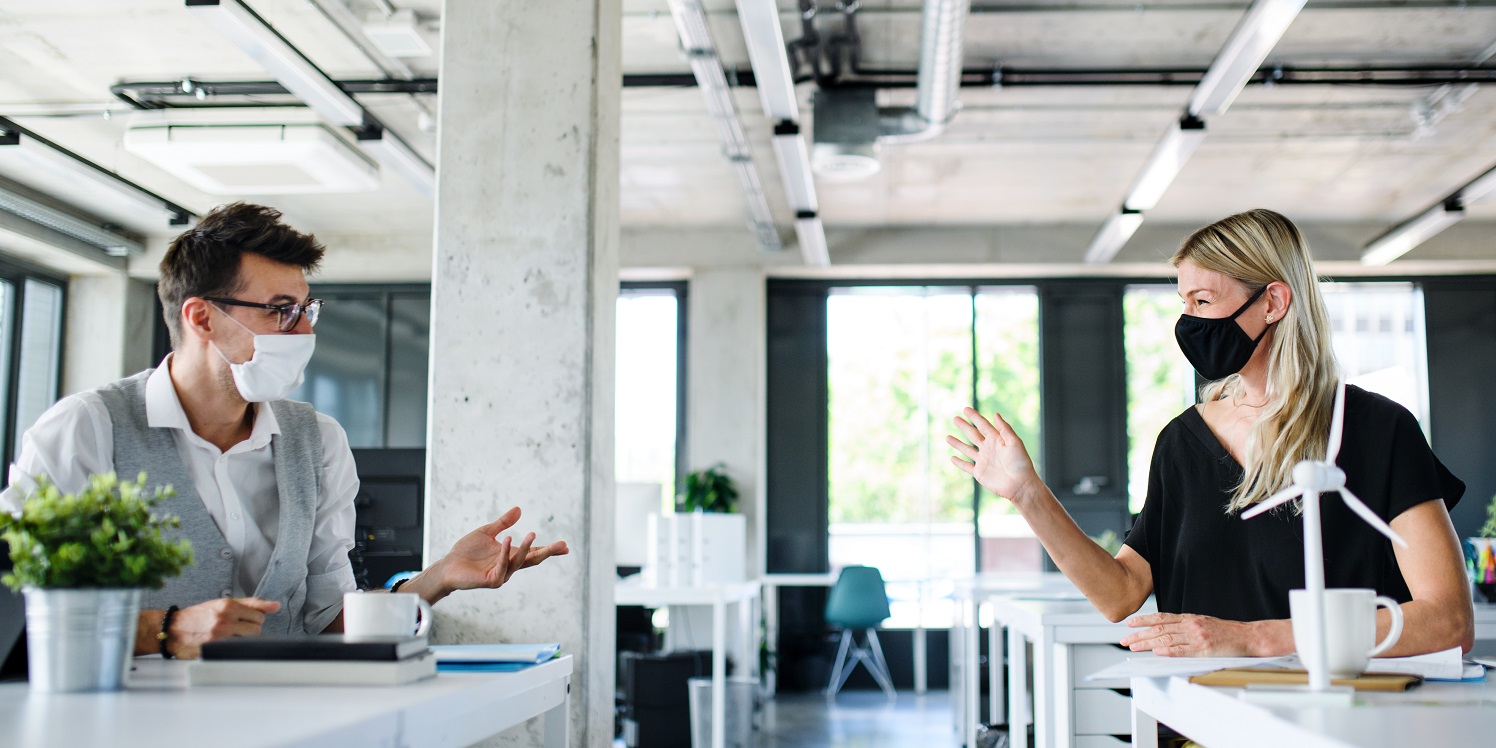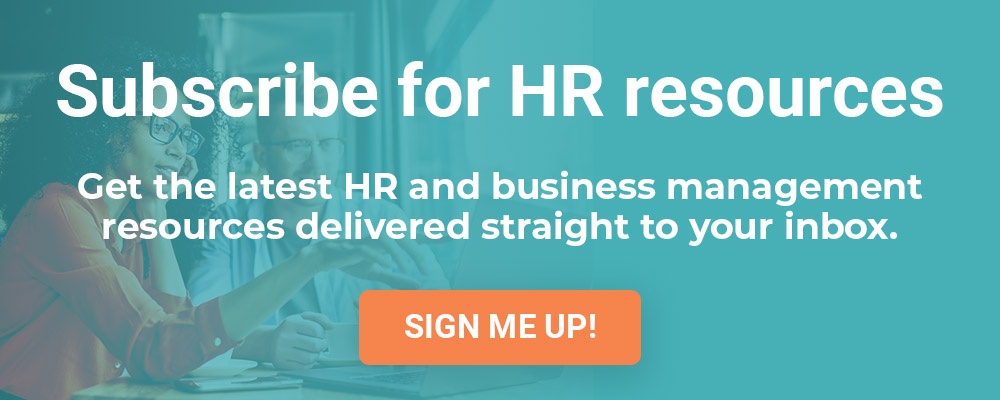How can you make sure staff remain safe physically and mentally as more of us start to return to the workplace post-COVID? Employment solicitor Toby Pochron outlines 5 ways to create a safe working environment.
A hint of normality is filtering back into our day to day lives with the vaccine rollout and the opening of hospitality and shops. As a result, attention has turned to the next stage of the government roadmap out of lockdown: the opening of places of work, most of which have been closed for over a year. This leaves employers with the daunting task of trying to grasp what the “new normal” means for creating a safe working environment.
Workplace health and safety post-COVID
The coronavirus pandemic has inevitably brought significant health and safety challenges; in reaction, the government has produced COVID-19 secure guidelines to help protect all staff in the workplace. Subsequently, there are a variety of steps you can take; these range from something as simple as ventilation, face coverings, and social distancing to more complex areas such as planning one way systems, creating COVID-19 focused policies, and the implementation of temperature monitoring.
It is of the upmost importance to create a safe environment, especially as the COVID-19 secure guidelines note that the Health and Safety Executive (HSE) have the authority to take enforcement actions against any employers who do not take action to comply with public health legislation or guidance. The HSE also provides excellent guidance to help employers implement processes to protect staff.
How to keep your workforce safe in 5 steps
The common thread throughout all the 5 steps is open and transparent communication with staff about their concerns and the steps employers plan on taking. Consulting with employees on health and safety is a requirement under the COVID-19 secure guidelines. This is for good reason, as it is clear the key to getting back to the office safely is going to be a two-way process.
1. Risk assessments

Carrying out coronavirus centred risk assessments should be a step employers and HR teams undertook regularly pre-coronavirus. They are of upmost importance now, due to the heightened level of risk and ever changing nature of advice. Risk assessments are also a requirement under the Management of Health and Safety at Work Regulations 1999.
An important part of coronavirus risk assessments is to provide employees with all relevant information on any findings, in particular:
- Any risks to their health and safety identified
- Measures you will take to prevent and protect your employees
- Procedures you will follow in the event of serious and imminent dangers to staff in the workplace
In essence, employers should use these risk assessments as a starting point to structure changes in the workplace to make a safe environment for employees, and have a rolling review on the efficiency of the steps taken to prevent risk.
Learn more: What are the main health and safety responsibilities of employers?
2. Policy and procedure reviews

Reviewing policies and procedures should take place regularly, as guidance is continually shifting and employers should be closely monitoring the impacts policy changes have. I recommend checking government guidance often to make sure that all employers stay on top of the changes that impact the relevant area of work.
All policy and procedure reviews should also reflect the concerns of staff; therefore, this stage should be done in conjunction with them as much as possible. Some key policies to review or create:
- Mental health
- Remote working
- Annual leave and pay
- Health and Safety
- Sick pay and leave
Learn more: How to create great HR policies as an SME
3. Practical steps

These are just a handful of suggested practical steps which employers should naturally form after the completion of risk assessments:
- Cleaning surfaces more often: find out which areas are most highly used and provide extra cleaning to those
- Ensure social distancing: if this is not possible then have steps to manage transmission risk such as using barriers or screens, staggering arrival/departure times and one way systems.
- Providing adequate ventilation in enclosed spaces
- If you have customers or clients, ensure they wear face coverings and take part in track and trace
Learn more: Coronavirus in the workplace: how to keep employees safe
4. Flexible working

Before requesting that employees return to work, stop and question whether it is essential. The introduction of home working has not necessarily been a wholly negative thing and hybrid/flexible working has been recommended by the government as being the default position for all workers.
Therefore, if it is an option for your employees and they want to take the opportunity to be flexible and work from home then employers should take all reasonable steps they can to make sure employees can do so by:
- Discussing home working arrangements
- Ensuring staff have the right equipment, for example remote access to work systems and comfortable home working conditions
- Keeping in touch regularly
- Checking on their physical and mental wellbeing
- Offering varied start and finish times
Learn more: How to manage hybrid working requests
5. Mental Health

Creating a safe working environment for employees also includes mental health and although this point is last, it may be the most important. This is reflected in the addition of it to the government’s COVID-19 priority actions in November 2020.
Employees will be experiencing heightened stress over illness, finances, future employment, family members and many other issues, they may also be suffering with feelings of isolation. Being able to gauge how employees are feeling will be highly difficult without being able to see and interact with them as closely.
Learn more: 5 ways to support mental health as staff return to the workplace
Employers should provide extra training to all mental health first aiders and managers so they can adapt to helping others remotely and pick up on signs that employees may be struggling. Employers should also make sure to carry out regular mental health risk assessments and then monitor and review the subsequent action plan regularly to assess the effectiveness.
More from the myhrtoolkit blog
Are your employees overworking? Here's why that's worrying...
Workplace temperature: how to keep employees cool when the office is hot

Written by Toby Pochron
Toby Pochron is a Senior Associate in the Freeths LLP Employment Law department. He was a Partner in the Employment Law department of Ironmonger Curtis.


 Holiday Planner
Holiday Planner Absence Management
Absence Management Performance Management
Performance Management Staff Management
Staff Management Document Management
Document Management Reporting
Reporting Health and Safety Management
Health and Safety Management Task Management
Task Management Security Centre
Security Centre Self Service
Self Service Mobile
Mobile




